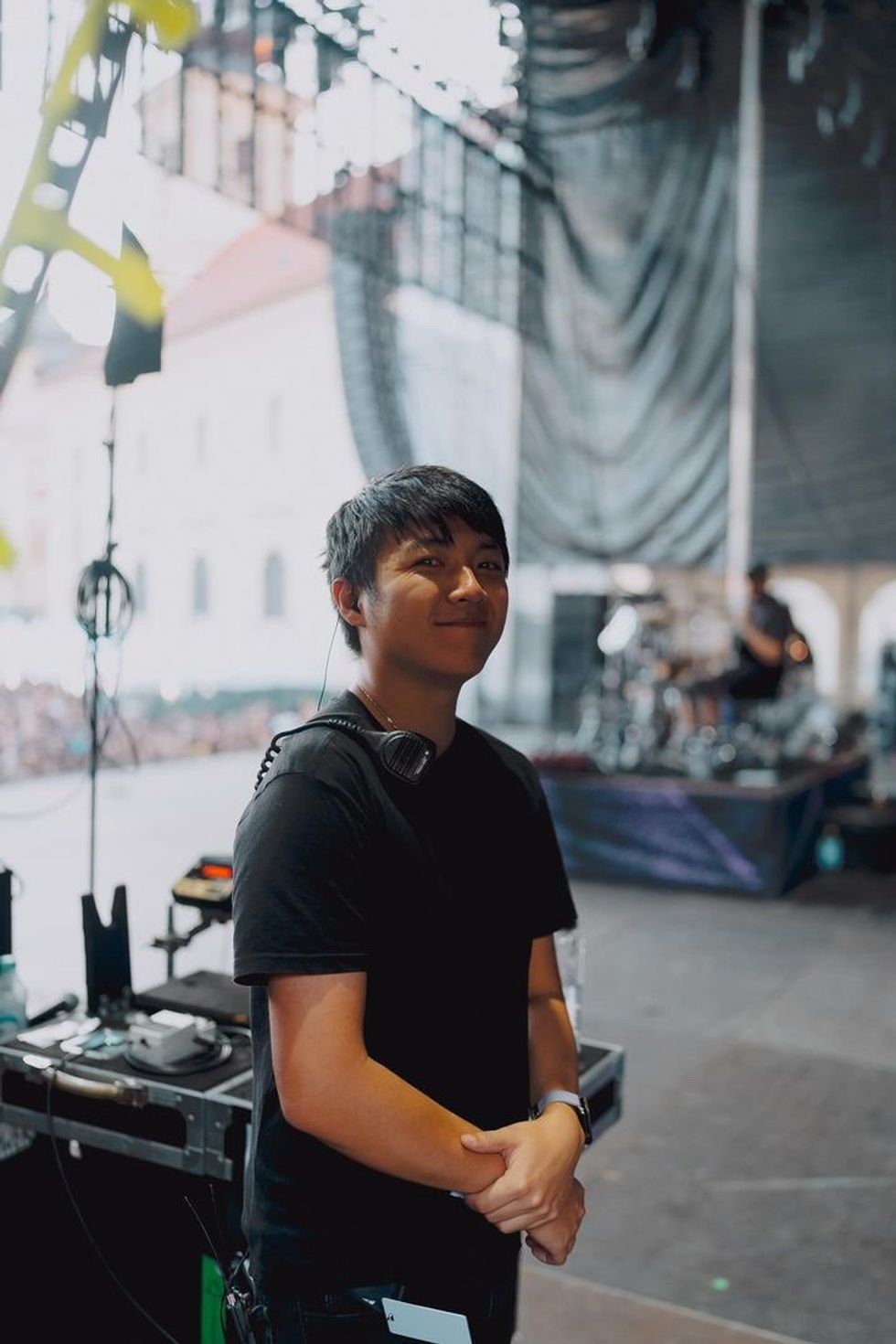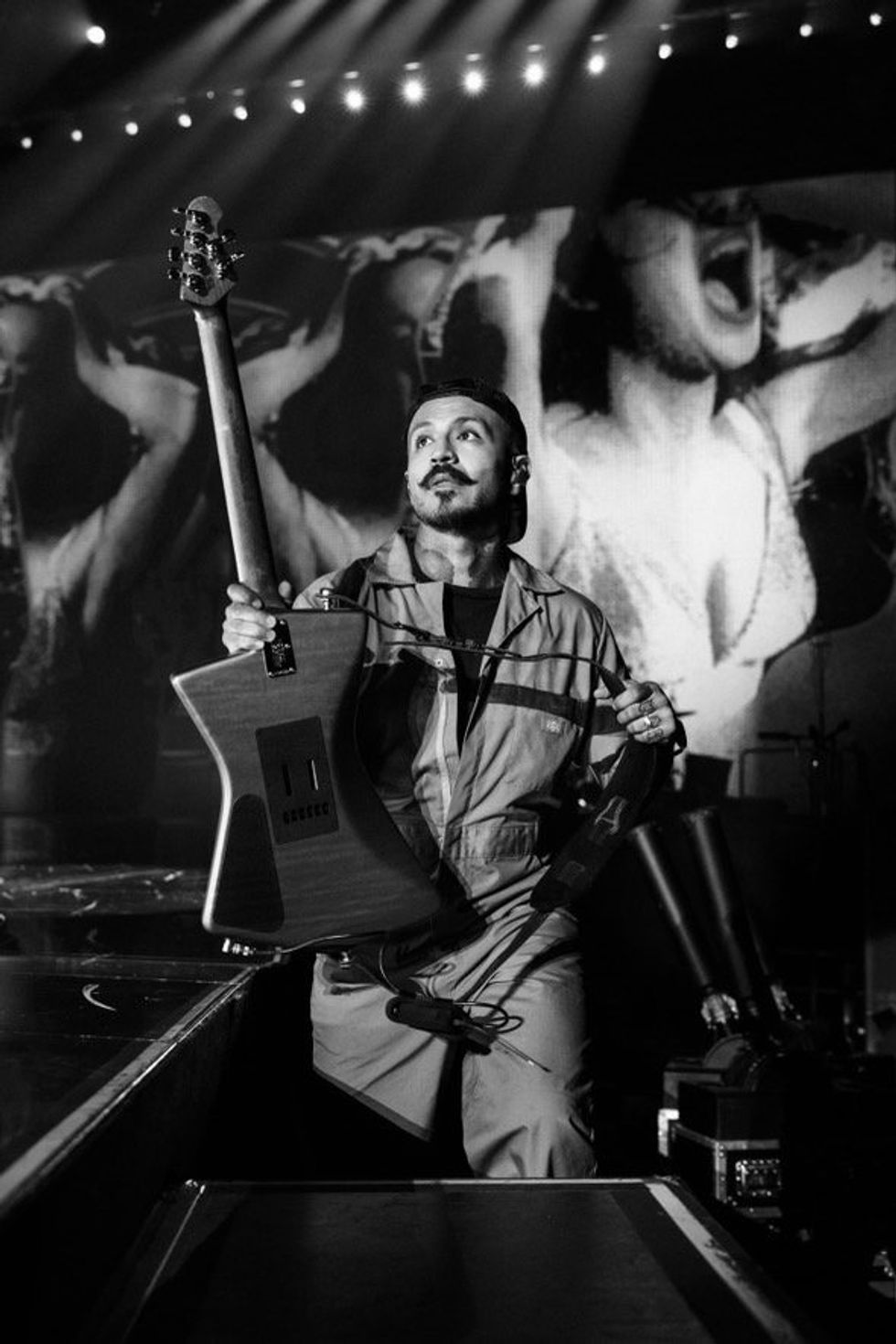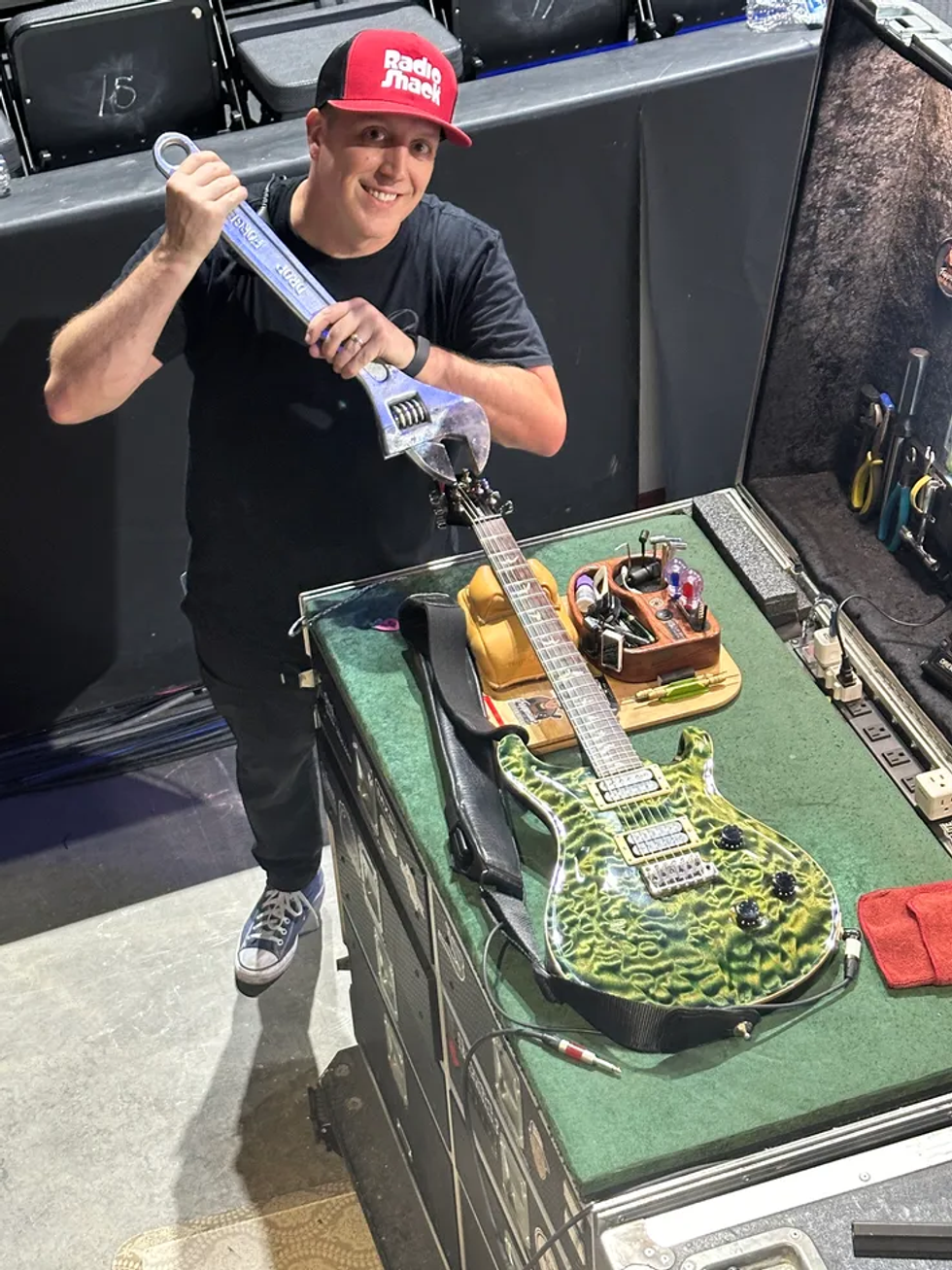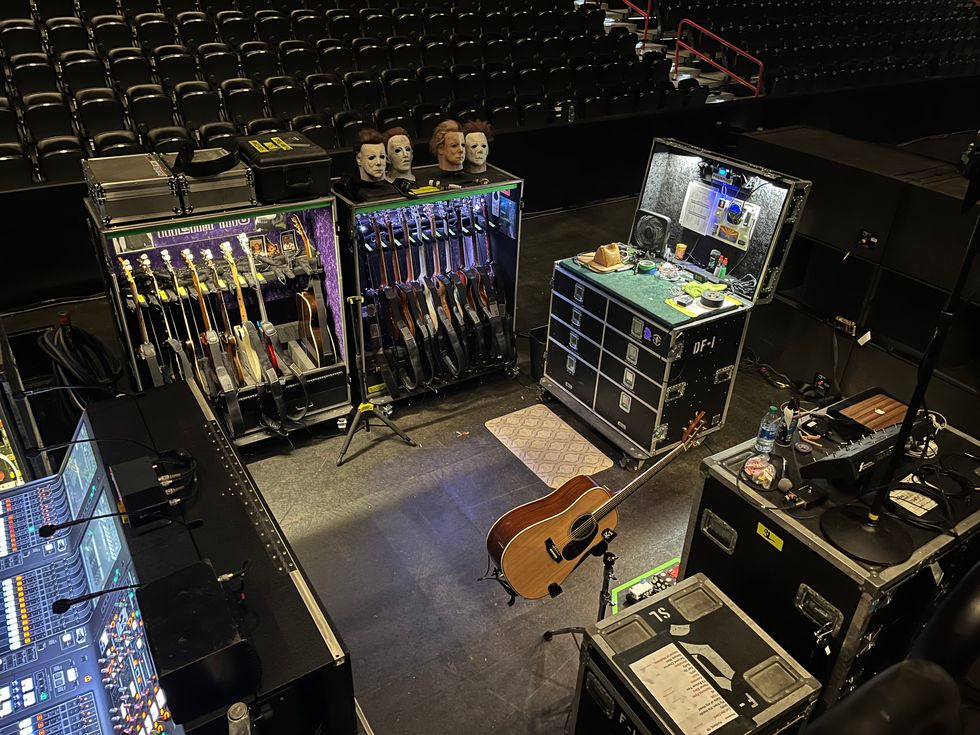Is There Such a Thing as Free Blues?
Kirk Fletcher weighs in on the influence of some of the genre’s most experimental practitioners.
By Jason Shadrick,
Jason Shadrick
Since attending a Dave Matthews Band concert as a teenager, Jason has been into all things guitar. An Iowa native, Jason has degrees in Music Business from Minnesota State-Mankato and Jazz Pedagogy from the University of Northern Iowa. Since then, he has spent time doing everything from promotion at an indie music label to organizing guitar workshops all over the country. Currently, Jason lives with his wife, son, and daughter in Cedar Rapids, Iowa.
Joe Gore
San Francisco-based Senior Contributing Editor Joe Gore has recorded with Tom Waits, PJ Harvey, Tracy Chapman, Courtney Love, Marianne Faithfull, Les Claypool, Flea, DJ Shadow, John Cale, and many other artists. His music appears in many films and TV shows, plus an incriminating number of jingles. Joe has written several thousand articles about music and musicians and has contributed to many musical products, including Apple’s Logic and GarageBand programs. In his spare time Joe produces the Joe Gore line of guitar effects and edits a geeky guitar blog (tonefiend.com).
Get Joe's Latest book "The Subversive Guitarist here.




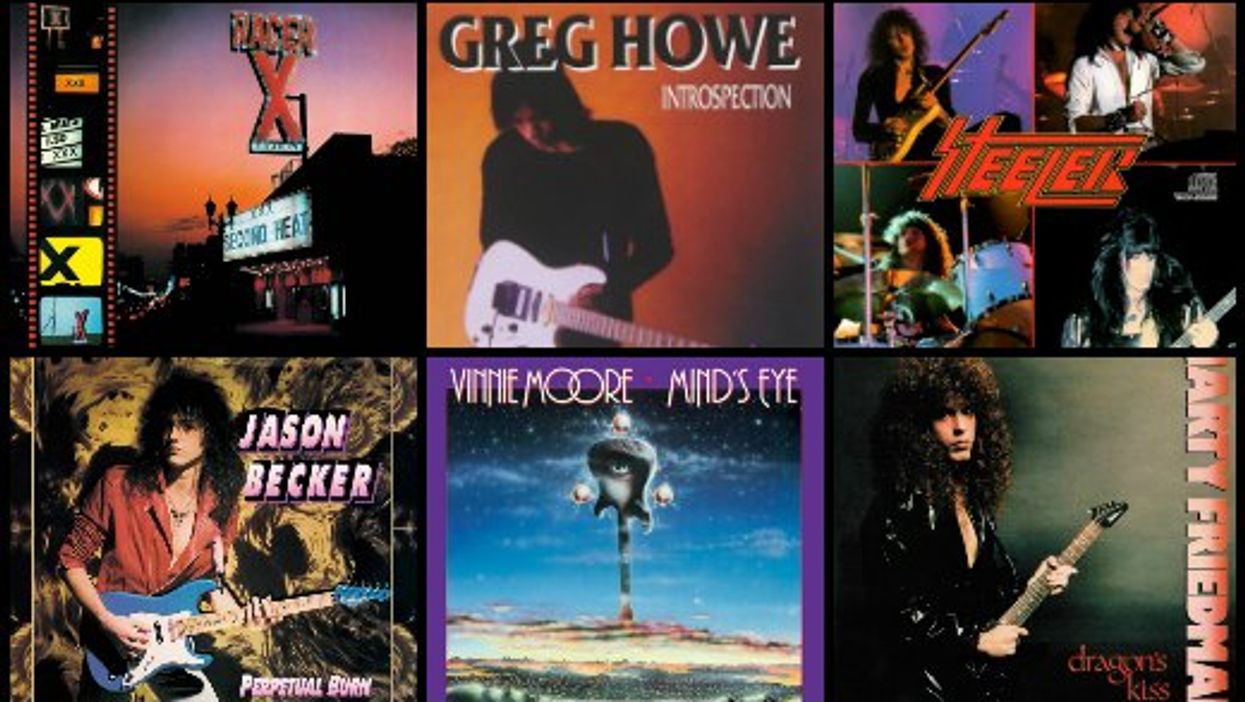
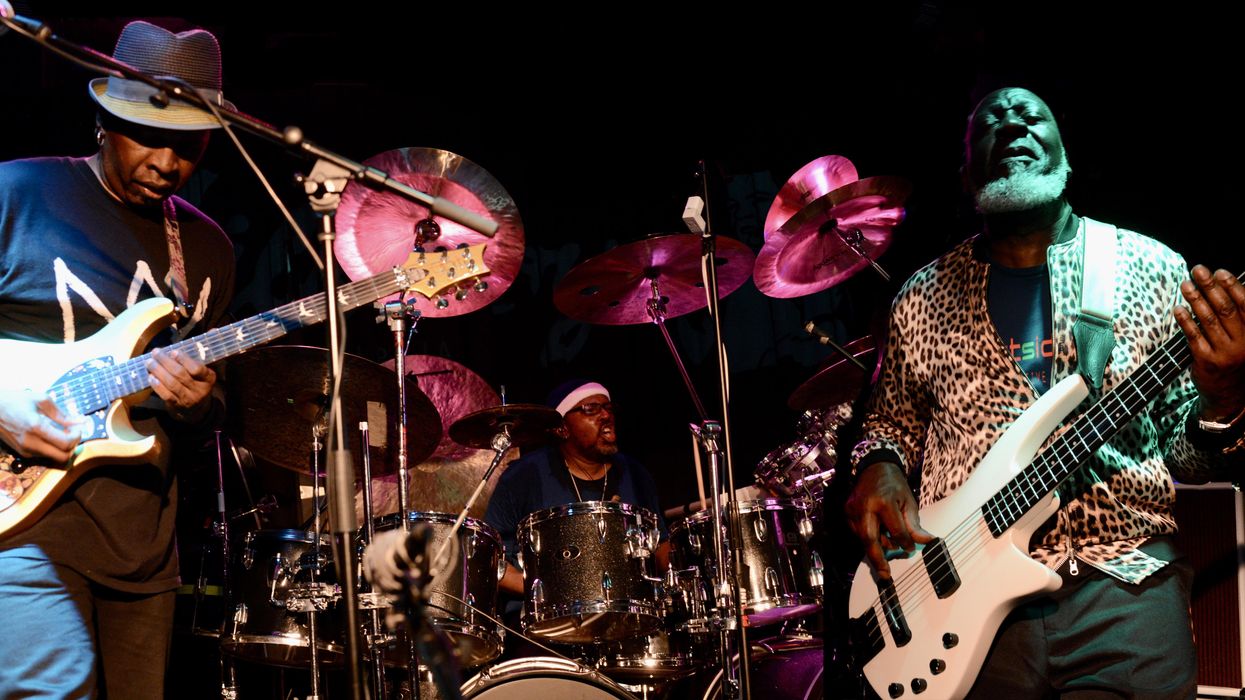


![Rig Rundown: AFI [2025]](https://www.premierguitar.com/media-library/youtube.jpg?id=62064741&width=1245&height=700&quality=70&coordinates=0%2C0%2C0%2C0)












 Shop Scott's Rig
Shop Scott's Rig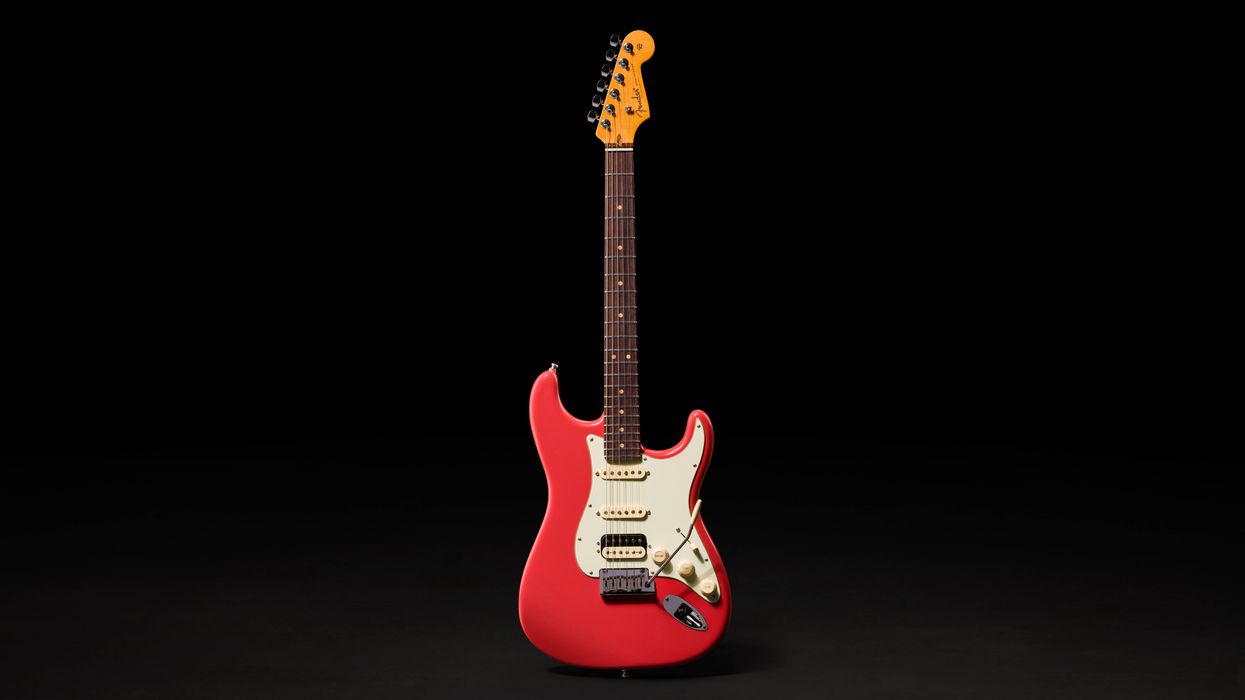
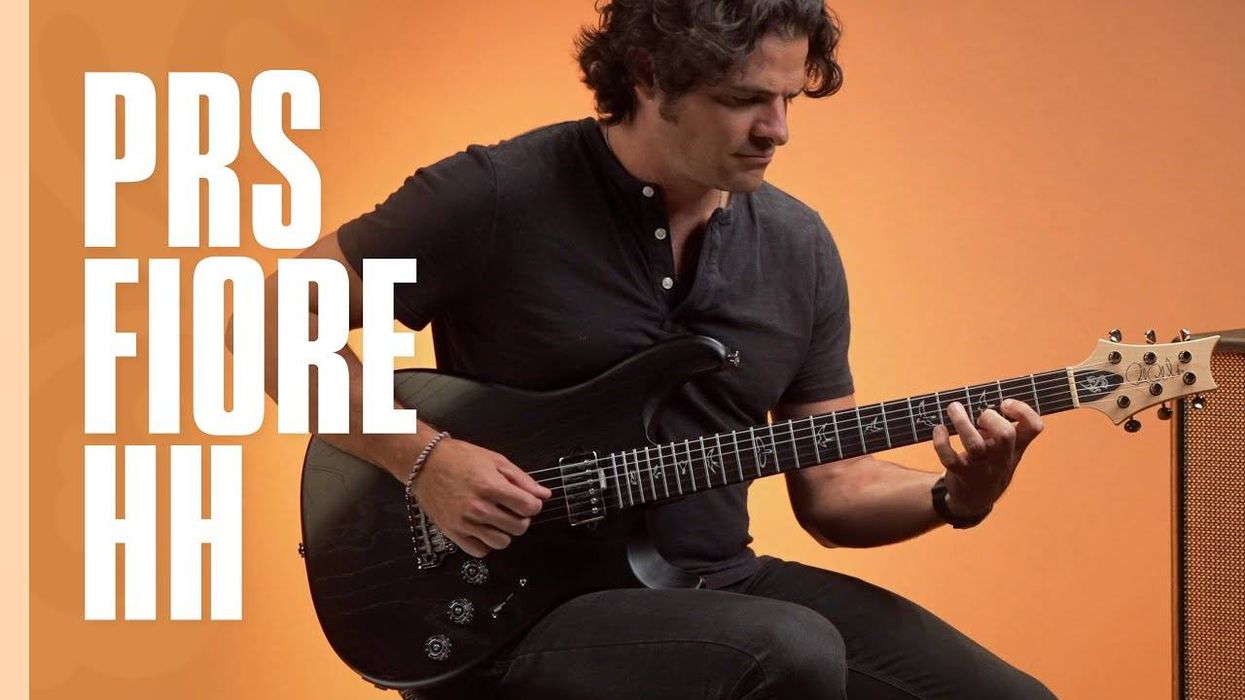

![Devon Eisenbarger [Katy Perry] Rig Rundown](https://www.premierguitar.com/media-library/youtube.jpg?id=61774583&width=1245&height=700&quality=70&coordinates=0%2C0%2C0%2C0)










 Zach loves his Sovtek Mig 60 head, which he plays through a cab he built himself at a pipe-organ shop in Denver. Every glue joint is lined with thin leather for maximum air tightness, and it’s stocked with Celestion G12M Greenback speakers.
Zach loves his Sovtek Mig 60 head, which he plays through a cab he built himself at a pipe-organ shop in Denver. Every glue joint is lined with thin leather for maximum air tightness, and it’s stocked with Celestion G12M Greenback speakers.












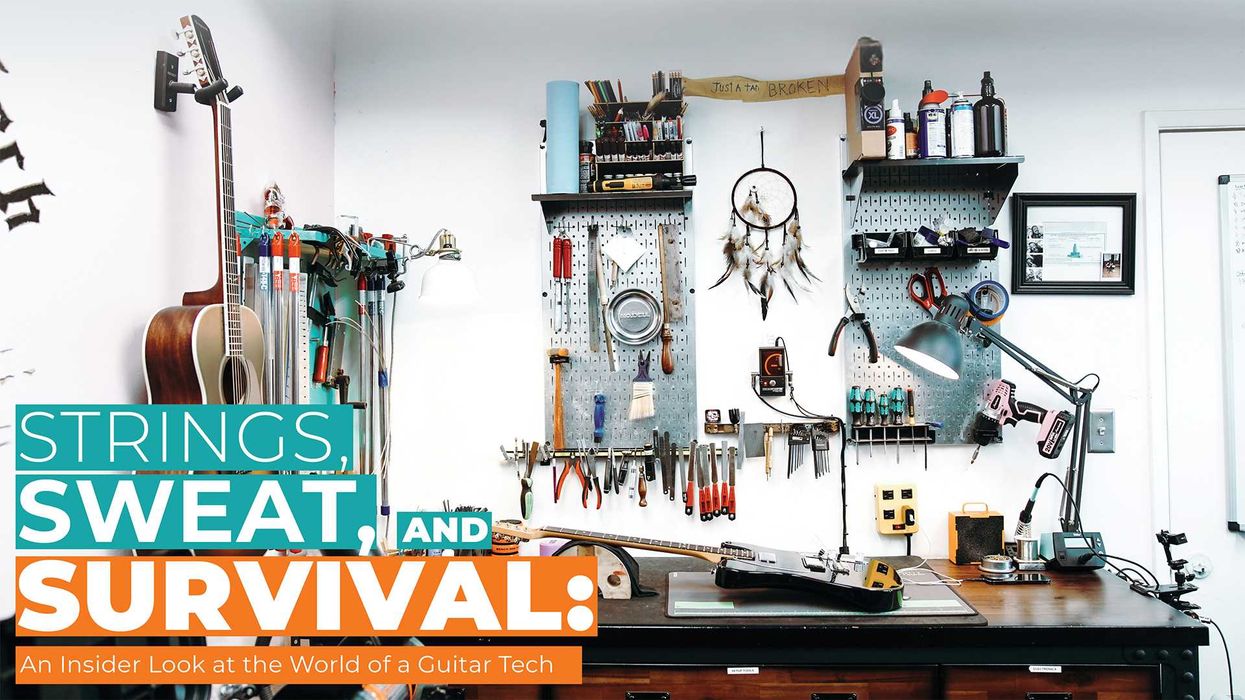
 Luis Munoz makes the catch.
Luis Munoz makes the catch.